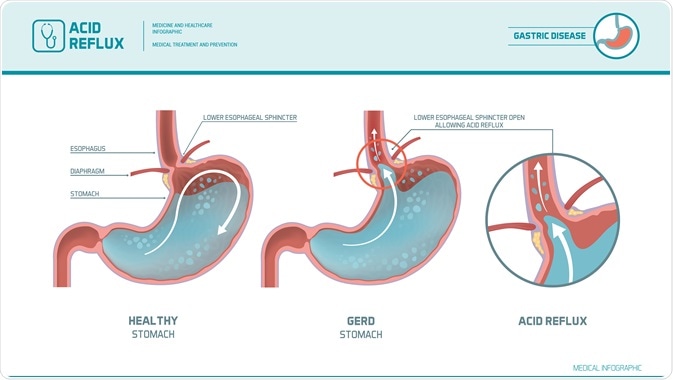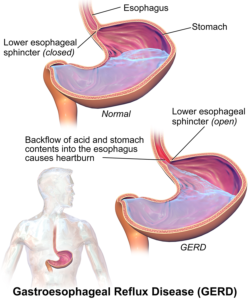
/causes-and-treatments-of-heartburn-during-pregnancy-4174324-5c04a617c9e77c000113a740.png)
Also, compensation does not always occur this is when clinical information becomes paramount. If the pH level is in the physiological range but the PaCO2 and/or bicarb are not within normal limits, there is likely a mixed disorder.Compensation with either system will be reflected oppositely for a respiratory alkalosis the metabolic response should be a low HCO3- and for metabolic alkalosis, the respiratory response should be a high CO2. A respiratory alkalosis will mean the CO2 is low a metabolic alkalosis should lend an HCO3- that is high. If the pH is alkalotic, again, determine which value is causing this.A metabolic acidosis will be depicted with an bicarbonate (HCO3-) that is low. If the patient is compensating metabolically, the bicarbonate (HCO3-) should be high as well. If it is a respiratory acidosis, the CO2 should be high.

If the pH is acidotic, look for the number that corresponds with a lower pH.An elevated HCO3- is raising the pH and vice versa. Bicarbonate (HCO3-) level denotes metabolic/kidney effect.The arterial partial pressure of oxygen (PaO2) level determines respiratory contribution a high level means the respiratory system is lowering the pH and vice versa.Decide whether it is acidotic, alkalotic, or within the physiological range.The ability to quickly and efficiently read an arterial blood gas, especially in reference to inpatient medicine, is paramount to quality patient care. O2 (oxygen) saturation = greater than 95%.The following are the most important normal values on an arterial blood gas: They are the main tool utilized in adjusting to the needs of a patient on a ventilator. Arterial blood gas (ABG) test is useful to help determine the cause of metabolic alkalosis. Urine chloride is a direct measurement of chloride being excreted into urine. Arterial blood gases are especially important in the critically ill. This allows the physician to understand the status of the patient better. A needle is used to draw blood from an artery, often the radial, and the blood is analyzed to determine parameters such as the pH, the arterial partial pressure of oxygen (PaO2), the arterial partial pressure of carbon dioxide (PaCO2), bicarbonate, oxygen (O2) saturation, total CO2, and base excess. In a patient who presents with unexplained respiratory acidosis, a drug screen may also be warranted.Īrterial blood gas (ABG) sampling, is a test often performed in an inpatient setting to assess the acid-base status of a patient. If the compensation does not occur in this pattern, a mixed respiratory-metabolic disorder may be present. In cases of chronic respiratory acidosis, bicarbonate will have increased by four mEq/L for every ten mmHg increase in arterial partial pressure of carbon dioxide (PaCO2) over a time course of days. In cases of acute respiratory acidosis, bicarbonate will have increased by one mEq/L for every ten mmHg increase in arterial partial pressure of carbon dioxide (PaCO2) over a few minutes. The respiratory acidosis can be further classified as acute or chronic based on the relative increase in bicarbonate with respect to PaCO2 (arterial partial pressure of carbon dioxide CO2). In respiratory acidosis, the arterial blood gas (ABG) will show an elevated arterial partial pressure of carbon dioxide (PaCO2) (>45 mmHg), elevated bicarbonate (>30 mmHg), and decreased pH (pH<7.35). The increase in hydrogen ions inevitably causes the decrease in pH, which is the mechanism behind respiratory acidosis.

In respiratory acidosis, the slight increase in bicarbonate serves as a buffer for the increase in H+ ions, which helps minimize the drop in pH. When OH- is high, H2CO3 (carbonic acid) buffers the high pH. When H+ is high, bicarbonate buffers the low pH.

The buffer system created by carbon dioxide consists of the following three molecules in equilibrium: CO2, H2CO3-, and HCO3. Respiratory acidosis (raised arterial blood CO2, reduced pH H2CO3 (carbonic acid) -> HCO3- + H+


 0 kommentar(er)
0 kommentar(er)
